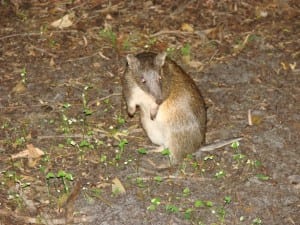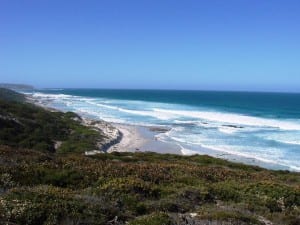Sympathy for the devil – part two
By Jack Ashby, on 24 February 2011
From April 2010 I spent about five months undertaking several zoological field projects across Australia. I worked with government agencies, universities and NGOs on conservation and ecology studies ranging from Tasmanian devil facial tumour disease, the effect of fire, rain and introduced predators on desert ecology and how to poison cats. This series of blog posts is a delayed account of my time in the field.
Week Five
Last week I described Tasmanian Devil Facial Tumour Disease (DFTD), and the population that was being studied by the University of Tasmania (UTas) which seems to be showing some positive immune response. I joined them early in the Tasmanian winter to trap devils in the population, monitor the spread of the cancer take blood samples and measurements. This is how we did it… (more…)
 Close
Close




